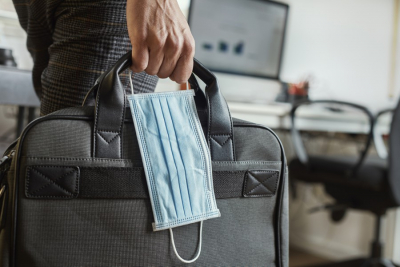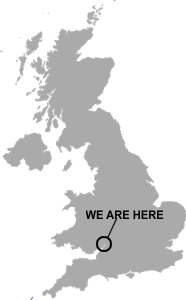Since the onset of the Covid-19 pandemic, managing absence and attendance has taken on new meaning. Traditionally we would have associated it almost exclusively with sickness absence and unauthorised leave. Since Covid however, and the much wider utilisation of ‘Working from Home’, we are seeing a number of cases where it seems employees just don’t want to come to work.
Staff absence still exists in the more recognisable forms such as general sickness, including long-term sickness and simply going AWOL of course. And, when talking about managing absence we should also include holidays into the mix as these still have to be managed. Covid is a new element however and we should quickly establish our approach to how it is managed so that we can be clear and consistent with employees.
The Government published new guidance on living with Covid on April 1st this year. Self-isolation and absence from work are no longer a forgone conclusion. In an effort to manage the disease and reduce its impact on the economy and life in general, attending work whilst being Covid positive could much more widely acceptable.
Despite the fact that the term ‘clinically extremely vulnerable’ is now no longer used, you still wouldn’t expect a care worker in a nursing home to attend work if they tested positive. However, for other roles where working from home isn’t an option, in construction for example, expecting employees to come to work where their symptoms are mild to non-existent might be OK, especially if their working environment can be managed.
For those working outdoors on a building site for example, the wearing of masks, keeping socially distanced and disinfecting common tools and equipment shouldn’t be rules that are difficult to impose. Part of the living with Covid strategy is to maintain good ventilation, so even in a warehouse, doors and windows could be kept open to enable a flow of fresh air.
Where an individual has tested positive or is living with someone who has tested positive and feels that they should not be in work as they would be a risk to others, then the NHS now offers the option of an Isolation Note. An Isolation Note is similar to a sick note in that it is evidence that an individual has been signed-off work on medical grounds.
Statutory Sick Pay and, where it is in place, company sick pay applies to those with an Isolation Note in the same way it would apply to an individual who was on sick absence. In other words, employees are as entitled to sick pay for isolating as they are for any other illness.
There’s a rule of thumb to apply in sickness absence cases, whether the sickness is Covid related or not. If the individual is too ill to work, then they shouldn’t be working at all, including working from home. Their absence should be used to rest and recuperate.
An employee who is able to work from home does not need an Isolation Note.
Employees should be supported by their employer each time they are absent due to Covid, both with moral support and with the appropriate sickness pay. However, there is a risk that some individuals who are not keen to returning to their normal place of work exploit the fact that they should be isolating to continue working from home. Asking for evidence and/or providing Lateral Flow Tests might be appropriate here, but be sure to apply such rules consistently.
There may also be an argument for applying Bradford Factor for multiple Covid absences. This is a scoring system for multiple one-off absences that accumulates as evidence when building a case for dismissal.
Ultimately, it remains the duty of everyone to restrict the spread of Covid. But businesses still need to operate and people still need to earn their living so finding a way to live with the disease that works for all seems like a good compromise.
For support with absence and attendance management, Covid related or otherwise, call us on 01452 331331 or e-mail This email address is being protected from spambots. You need JavaScript enabled to view it.



